Home>Furniture>Outdoor Furniture>How To Remove Lichen From Patio Furniture
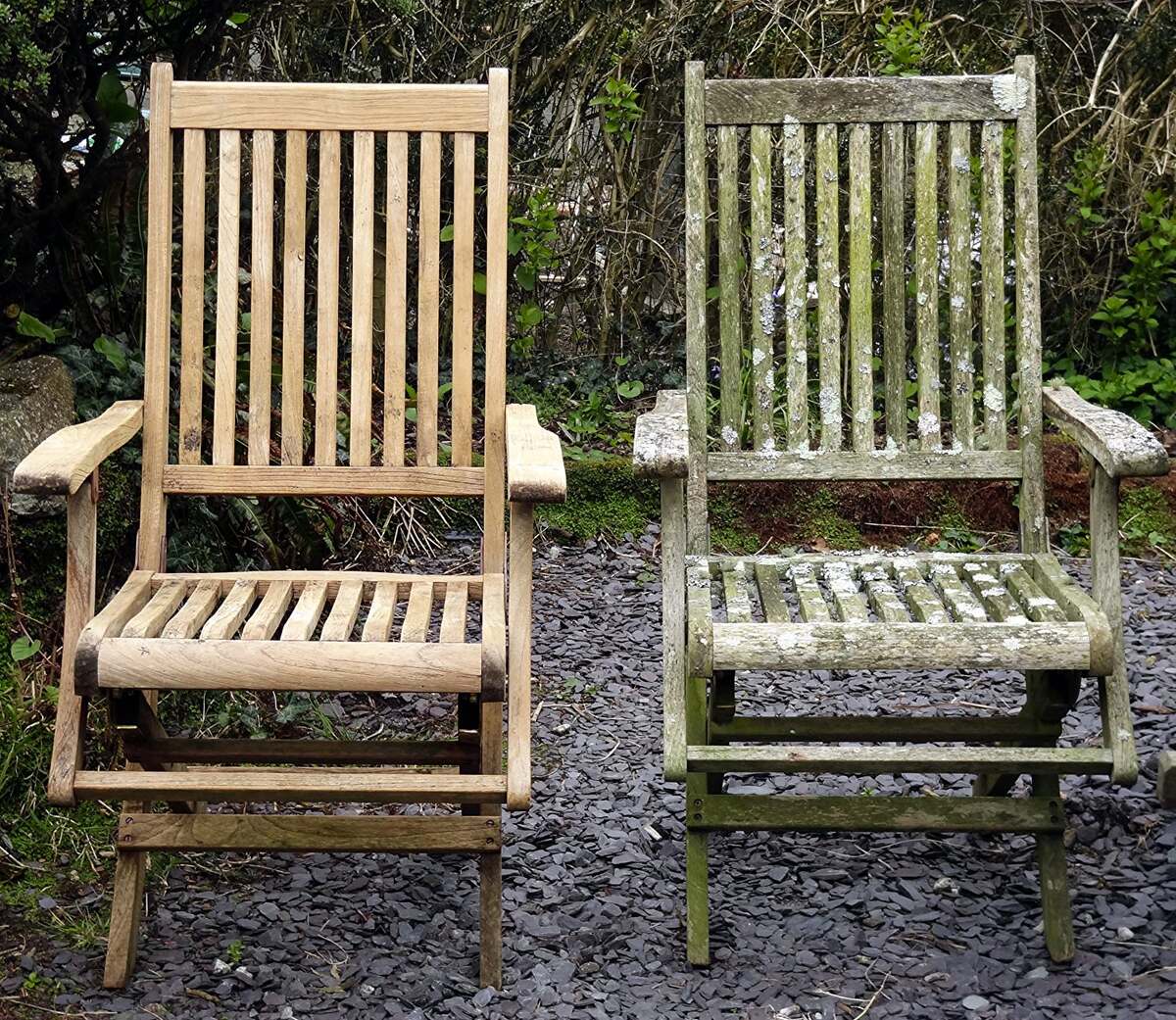

Outdoor Furniture
How To Remove Lichen From Patio Furniture
Modified: May 6, 2024
Looking to remove lichen from your outdoor furniture? Discover effective methods and tips to restore the beauty of your patio furniture.
(Many of the links in this article redirect to a specific reviewed product. Your purchase of these products through affiliate links helps to generate commission for Storables.com, at no extra cost. Learn more)
Introduction
Outdoor furniture provides the perfect opportunity to enjoy the beauty of nature while creating an inviting and comfortable atmosphere in your backyard or patio. However, over time, these pieces can become marred by the appearance of lichen. Lichen, a combination of algae and fungi, is a common organism that can grow on various surfaces, including patio furniture.
While lichen might seem harmless, it can actually cause damage to your outdoor furniture if left unchecked. Not only does it detract from the aesthetic appeal of your patio, but it can also lead to discoloration, staining, and even degradation of the materials.
In this article, we will explore the importance of removing lichen from patio furniture and provide you with a comprehensive step-by-step guide on how to effectively get rid of it. We’ll also discuss some natural remedies and commercial cleaners that can help you in this process, along with tips on preventing lichen growth in the future.
So, if you’re ready to bring back the beauty and functionality of your outdoor furniture, read on to discover how to remove lichen and keep your patio looking pristine.
Key Takeaways:
- Lichen can harm your patio furniture, but you can remove it with natural remedies or commercial cleaners. Regular cleaning and preventive measures can keep your outdoor furniture looking beautiful and lichen-free.
- To remove lichen, gather materials like a soft brush, warm water, vinegar, and baking soda. Prepare the furniture, then manually scrub or use natural remedies. Consider commercial cleaners if needed.
Read more: How To Remove Algae From Patio Furniture
What is Lichen?
Lichen refers to a unique organism that is composed of a symbiotic relationship between algae and fungi. This combination allows lichen to thrive in various environments, including rocks, trees, and even patio furniture. Lichen comes in a range of colors, including green, gray, yellow, and even orange, making it easily noticeable when it begins to grow on surfaces.
The relationship between algae and fungi is mutually beneficial. The algae provide the lichen with energy through photosynthesis, while the fungi offer protection and a suitable environment for the algae to live. This partnership allows lichen to withstand harsh conditions and grow in areas where other plants struggle.
Lichen is a hardy organism that can adapt to different climates and surfaces. It has the ability to absorb moisture and nutrients from the air, making it resistant to drought conditions. This resilience and adaptability to different environments make lichen a common sight on outdoor surfaces, including patio furniture.
It’s important to note that while lichen can be unsightly, it is generally harmless. It doesn’t cause any major damage to the furniture itself. However, if left unattended, lichen can accumulate and create a breeding ground for mold and mildew, which can be detrimental to the overall health of your outdoor furniture.
Now that we have a better understanding of what lichen is, let’s explore why it’s essential to remove it from your patio furniture.
Why is it important to remove lichen from patio furniture?
While lichen may not pose a direct threat to the structural integrity of your patio furniture, it is important to remove it for several reasons:
- Aesthetic Appeal: Lichen can significantly detract from the visual appeal of your patio furniture. Its green, gray, or yellow patches can make your furniture appear dirty and neglected. By removing lichen, you can restore the beauty and cleanliness of your outdoor space.
- Preventing Staining: Over time, lichen can leave behind stains on the surface of your patio furniture. These stains can be difficult to remove and can permanently discolor the materials. Regular removal of lichen can help prevent these unsightly stains from forming.
- Longevity: Continuous exposure to lichen can lead to the weakening and degradation of your patio furniture materials. Lichen has the ability to retain moisture and can create a damp environment that encourages rot and decay. By removing lichen, you can help extend the lifespan of your outdoor furniture.
- Health Concerns: Lichen can create an environment favorable for the growth of mold and mildew. This can be a health hazard, especially for those with respiratory issues or allergies. Removing lichen helps reduce the risk of mold and mildew growth, promoting a healthier outdoor living space.
- Prolonged Performance: By keeping your patio furniture free from lichen, you ensure that it functions optimally. Lichen can build up in the structural crevices and joints, hindering the smooth movement of adjustable parts or mechanisms. Removing lichen ensures that your furniture operates as intended.
Now that we understand the significance of removing lichen from patio furniture, let’s move on to the step-by-step guide on how to effectively remove lichen from your outdoor furniture.
Step-by-step Guide: How to Remove Lichen from Patio Furniture
Removing lichen from your patio furniture may seem like a daunting task, but with the right approach, it can be easily accomplished. Here is a step-by-step guide to help you effectively get rid of lichen:
- Gather the necessary materials: Before you begin, gather the materials you’ll need. These may include a soft bristle brush, warm water, mild soap or detergent, vinegar, baking soda, a sponge or cloth, a bucket, and protective gloves.
- Prepare the patio furniture: Start by moving your patio furniture to a well-ventilated area. This will help minimize the spread of debris and make the cleaning process easier. Remove any loose dirt or debris from the furniture’s surface using a brush or cloth.
- Removing lichen manually: For light lichen growth, you can try removing it manually. Wet the surface of the furniture with warm water and use a soft bristle brush to gently scrub away the lichen. Be careful not to use excessive force to avoid damaging the furniture’s surface.
- Using natural remedies to remove lichen: If manual removal is not sufficient, you can try using natural remedies. Mix equal parts warm water and vinegar or create a paste with baking soda and water. Apply the solution to the affected areas and let it sit for a few minutes. Then, scrub the lichen away with a sponge or soft cloth.
- Using commercial cleaners to remove lichen: If natural remedies do not work, you can consider using commercial cleaners specifically designed for removing lichen. Follow the instructions provided on the product and make sure to choose one that is suitable for your furniture’s material. Test the cleaner on a small, inconspicuous area first to ensure it does not cause any discoloration or damage.
- Rinse and dry: After successfully removing the lichen, rinse the patio furniture thoroughly with clean water to remove any residual cleaning agents. Make sure to dry the furniture completely to prevent moisture build-up, which can lead to further issues.
- Preventing lichen growth on patio furniture: To minimize the chances of lichen regrowth, consider applying a protective sealant or coating to your patio furniture. This can create a barrier that makes it harder for lichen to attach itself to the surface. Additionally, regularly clean and maintain your furniture to prevent the build-up of dirt and debris that can provide a suitable environment for lichen growth.
By following this step-by-step guide, you can effectively remove lichen from your patio furniture and restore its pristine condition. Remember to always prioritize safety by wearing protective gloves and working in a well-ventilated area. Now, you can enjoy your outdoor space with furniture free from lichen.
Materials Needed
Before you start removing lichen from your patio furniture, it’s important to gather all the necessary materials. Having these items on hand will ensure a smooth and efficient cleaning process. Here’s a list of the materials you’ll need:
- Soft bristle brush: A soft bristle brush will help you manually scrub away the lichen from the furniture’s surface without causing damage.
- Warm water: Warm water is essential for loosening the lichen and making it easier to remove.
- Mild soap or detergent: Depending on the severity of the lichen infestation, a mild soap or detergent may be necessary to assist in the cleaning process.
- Vinegar: Vinegar is a natural cleaning agent that can help break down lichen and inhibit its regrowth.
- Baking soda: Baking soda is another natural remedy that can effectively remove lichen from patio furniture surfaces.
- Sponge or cloth: A sponge or cloth is ideal for applying cleaning solutions and gently scrubbing the lichen away from the furniture’s surface.
- Bucket: A bucket will come in handy for mixing cleaning solutions and holding water for rinsing the furniture.
- Protective gloves: It’s crucial to protect your hands during the cleaning process, so be sure to wear protective gloves to minimize direct contact with cleaning agents or any potentially harmful substances.
- Commercial cleaner (optional): If natural remedies are not effective, you may consider using a commercial cleaner specifically formulated to remove lichen. Choose a cleaner that is suitable for your furniture’s material and follow the instructions on the product carefully.
Having these materials ready before you begin removing lichen from your patio furniture will ensure that you’re fully prepared to tackle the cleaning process. Now that you have everything you need, it’s time to get started on rejuvenating your outdoor furniture.
Read more: How To Remove Pollen From Patio Furniture
Preparing the Patio Furniture
Before you begin the process of removing lichen from your patio furniture, it’s important to properly prepare the furniture to ensure an effective and efficient cleaning. Here are the steps to prepare your patio furniture:
- Move to a well-ventilated area: Start by moving the patio furniture to a well-ventilated outdoor area. This will help minimize the spread of debris and provide a suitable environment for the cleaning process.
- Remove loose dirt and debris: Use a soft bristle brush or cloth to remove any loose dirt, dust, or debris from the surface of the furniture. This will allow for better access to the lichen and prevent any scratching or further damage during the cleaning process.
- Protect surrounding areas: If there are any nearby plants or delicate objects, consider covering them with a protective cloth or plastic sheet to prevent any accidental damage or exposure to cleaning agents.
- Check for any damage: Take a close look at the patio furniture to check for any existing damage or weak spots. Repair any broken or damaged components before proceeding with the cleaning process to prevent further damage.
- Test cleaning agent (if using a commercial cleaner): If you’re using a commercial cleaner to remove lichen, it’s important to test it on a small, inconspicuous area of the furniture first. This will ensure that the cleaner does not cause any discoloration or damage to the material. Follow the instructions provided by the manufacturer.
By properly preparing your patio furniture, you’ll create an optimal environment for effectively removing lichen. This will also help protect the surrounding areas and prevent any unintentional damage. Once you’ve completed the preparation steps, you’re ready to move on to the actual lichen removal process.
Mix equal parts water and white vinegar in a spray bottle and apply it to the lichen. Let it sit for 15-20 minutes, then scrub with a brush and rinse with water. Repeat if necessary.
Removing Lichen Manually
If the lichen growth on your patio furniture is relatively light, you can effectively remove it manually. Here’s a step-by-step guide on how to remove lichen from your patio furniture:
- Wet the surface: Begin by wetting the surface of the furniture using warm water. This will help loosen the lichen and make it easier to remove.
- Gently scrub the lichen: Take a soft bristle brush and gently scrub the affected areas of the furniture. Use circular or back-and-forth motions but be cautious not to apply too much force as it may damage the furniture’s surface. Continue scrubbing until the lichen starts to loosen and come off.
- Rinse the furniture: Once you have successfully removed the lichen, rinse the furniture thoroughly with clean water to wash away any residual debris or cleaning agents.
- Dry the furniture: After rinsing, dry the furniture completely using a clean cloth or allow it to air dry. Ensuring that the furniture is thoroughly dry will prevent any moisture buildup, which can potentially lead to the growth of lichen or other issues.
Removing lichen manually is a simple and effective method, especially for light infestations. However, for more stubborn lichen growth or larger areas, you may need to explore other methods or remedies. Let’s explore some natural remedies that can be used to remove lichen from patio furniture.
Using Natural Remedies to Remove Lichen
If manually removing lichen from your patio furniture is not sufficient, you can turn to natural remedies to help dissolve and eliminate the lichen. Here are a few effective natural methods you can try:
- Vinegar: Vinegar is a versatile and natural cleaning agent that can effectively remove lichen. Mix equal parts warm water and vinegar in a bucket. Then, using a sponge or cloth, apply the solution to the affected areas of the furniture. Allow it to sit for a few minutes to break down the lichen. Finally, scrub away the lichen using a soft bristle brush or sponge, and rinse the furniture thoroughly with clean water.
- Baking Soda: Create a paste by mixing baking soda with a small amount of water. Apply this paste to the lichen-covered areas of the furniture and let it sit for about 15 minutes. Using a soft sponge or cloth, gently scrub the lichen away. Rinse the furniture with warm water to remove any residue.
- Lemon Juice: Lemon juice contains natural acids that can break down lichen. Squeeze fresh lemon juice onto the affected areas and let it sit for a few minutes. Then, scrub the lichen away using a soft-bristled brush or cloth. Rinse the furniture thoroughly with water to remove any lemon residue.
- Saltwater Solution: Mix salt with warm water to create a saltwater solution. Apply this solution to the lichen-covered areas and let it sit for about 30 minutes. Scrub the furniture gently using a soft brush or cloth. Rinse the furniture with clean water to remove any remaining saltwater.
When using natural remedies, it’s important to note that results may vary depending on the severity of the lichen growth and the type of patio furniture material. Test the solution on a small, inconspicuous area first to ensure it doesn’t cause any discoloration or damage. Always follow up with a thorough rinse and drying process to prevent any residue or moisture buildup.
If natural remedies do not produce the desired results, there are commercial cleaners available specifically designed to remove lichen. Let’s explore the use of commercial cleaners in the next section.
Using Commercial Cleaners to Remove Lichen
If natural remedies prove ineffective in removing lichen from your patio furniture, you can turn to commercial cleaners specifically designed for lichen removal. Here’s a step-by-step guide on how to use these cleaners:
- Select a suitable commercial cleaner: Look for a commercial cleaner that is labeled specifically for lichen removal and is safe to use on your particular type of patio furniture material. Read the instructions provided by the manufacturer and follow them carefully.
- Prepare the cleaner: Mix or dilute the commercial cleaner according to the instructions on the product label. Ensure you are using the appropriate protective gear, such as gloves and goggles, as recommended by the manufacturer.
- Apply the cleaner: Apply the commercial cleaner directly to the lichen-covered areas of the furniture. Use a brush or cloth to distribute the cleaner evenly and cover all the affected surfaces.
- Allow the cleaner to work: Follow the recommended dwell time specified on the product label. This will allow the cleaner to penetrate the lichen and break it down effectively. Avoid letting the cleaner dry on the furniture surface.
- Scrub and rinse: After the dwell time has elapsed, use a soft-bristle brush or cloth to gently scrub the lichen away. Depending on the severity of the lichen growth, you may need to repeat this step or use a bit more pressure. Thoroughly rinse the furniture with clean water to remove any traces of the cleaner.
- Dry the furniture: After cleaning, dry the furniture completely using a clean cloth or allow it to air dry. This will prevent any residual moisture from causing issues such as mold or mildew growth.
Commercial cleaners can be particularly effective in removing stubborn lichen from patio furniture. However, it is important to carefully read and follow the instructions provided by the manufacturer, as different cleaners may have specific guidelines for application and safety precautions.
Now that you’re familiar with the steps for using commercial cleaners, let’s move on to discussing some preventive measures you can take to minimize the growth of lichen on your patio furniture.
Read more: How To Remove Stains From Furniture
Preventing Lichen Growth on Patio Furniture
While removing lichen from patio furniture is important, taking preventive measures can help minimize its growth and keep your furniture looking pristine. Here are some tips to prevent lichen growth on patio furniture:
- Regular cleaning: Maintain a regular cleaning routine for your patio furniture. Remove dirt, debris, and plant matter that can provide a conducive environment for lichen to grow. Regularly sweeping or wiping down the furniture helps prevent the accumulation of organic material.
- Keep furniture dry: Moisture promotes lichen growth, so keep your patio furniture as dry as possible. Store cushions and other accessories in a dry place when not in use and consider using furniture covers during periods of extended rainfall or when the furniture is not in use for an extended period.
- Proper drainage: Ensure that your patio furniture has proper drainage to prevent water from pooling or collecting on surfaces. Clean out any clogged drainage holes to allow water to flow freely away from the furniture.
- Apply a protective sealant: Consider applying a protective sealant or coating to your patio furniture surfaces. This can create a barrier that makes it more difficult for lichen to attach itself and take hold. Choose a sealant appropriate for your furniture’s material and follow the manufacturer’s instructions for application.
- Trim vegetation: Trim back any nearby plants or foliage that may come into contact with your patio furniture. This helps reduce the transfer of moisture and organic matter onto the furniture, minimizing the chances of lichen growth.
- Relocate furniture: If you have the flexibility, periodically move your patio furniture to different locations to change its exposure to sunlight and air circulation. This can help prevent lichen growth and allow the furniture to dry out more effectively.
- Maintain proper ventilation: Adequate air circulation around your patio furniture can discourage the growth of lichen. Avoid crowding the furniture against walls or other objects that may hinder airflow and hinder drying.
By implementing these preventive measures, you can significantly reduce the occurrence of lichen growth on your patio furniture, keeping it clean, dry, and well-maintained. Regular cleaning and proactive maintenance will help preserve the beauty and longevity of your outdoor furniture.
Now that you’re equipped with the knowledge of preventing lichen growth, it’s time to summarize the key points and conclude our guide.
Conclusion
Lichen growth on patio furniture is a common issue that can detract from the aesthetic appeal and longevity of your outdoor space. However, with the proper knowledge and methods, you can effectively remove lichen and prevent its regrowth.
In this guide, we’ve explored the importance of removing lichen from patio furniture to maintain its beauty and functionality. We provided a step-by-step guide for manual removal and discussed the use of natural remedies and commercial cleaners. Additionally, we shared preventive measures to minimize lichen growth on your patio furniture, such as regular cleaning, proper drainage, and the application of protective sealants.
It’s crucial to adapt the techniques and materials based on your specific patio furniture material and the severity of the lichen growth. Test solutions on a small, inconspicuous area before applying them to the entire furniture surface to avoid any unintended consequences.
Remember to prioritize safety and use protective gear when handling cleaning agents or commercial cleaners. Additionally, proper preparation and cleaning techniques will help preserve the integrity and appearance of your patio furniture while removing lichen.
By following the steps outlined in this guide and incorporating preventive measures, you can successfully remove lichen from your patio furniture and keep it looking fresh and inviting for years to come.
Now, armed with the knowledge and techniques to combat lichen growth, it’s time to restore your outdoor furniture to its former glory and create an inviting outdoor space to enjoy with friends and family.
Freshly equipped with tips on banishing lichen from patio furnishings, why not take your outdoor spaces up a notch? Dive into our collection of DIY outdoor projects that are sure to boost your home’s curb appeal. Whether you’re crafting a quaint birdhouse or setting up a rustic garden bench, these hands-on activities promise not just fun but also a stunning visual transformation of your surroundings. Don’t miss out on these creative escapades that make every corner picture-perfect.
Frequently Asked Questions about How To Remove Lichen From Patio Furniture
Was this page helpful?
At Storables.com, we guarantee accurate and reliable information. Our content, validated by Expert Board Contributors, is crafted following stringent Editorial Policies. We're committed to providing you with well-researched, expert-backed insights for all your informational needs.
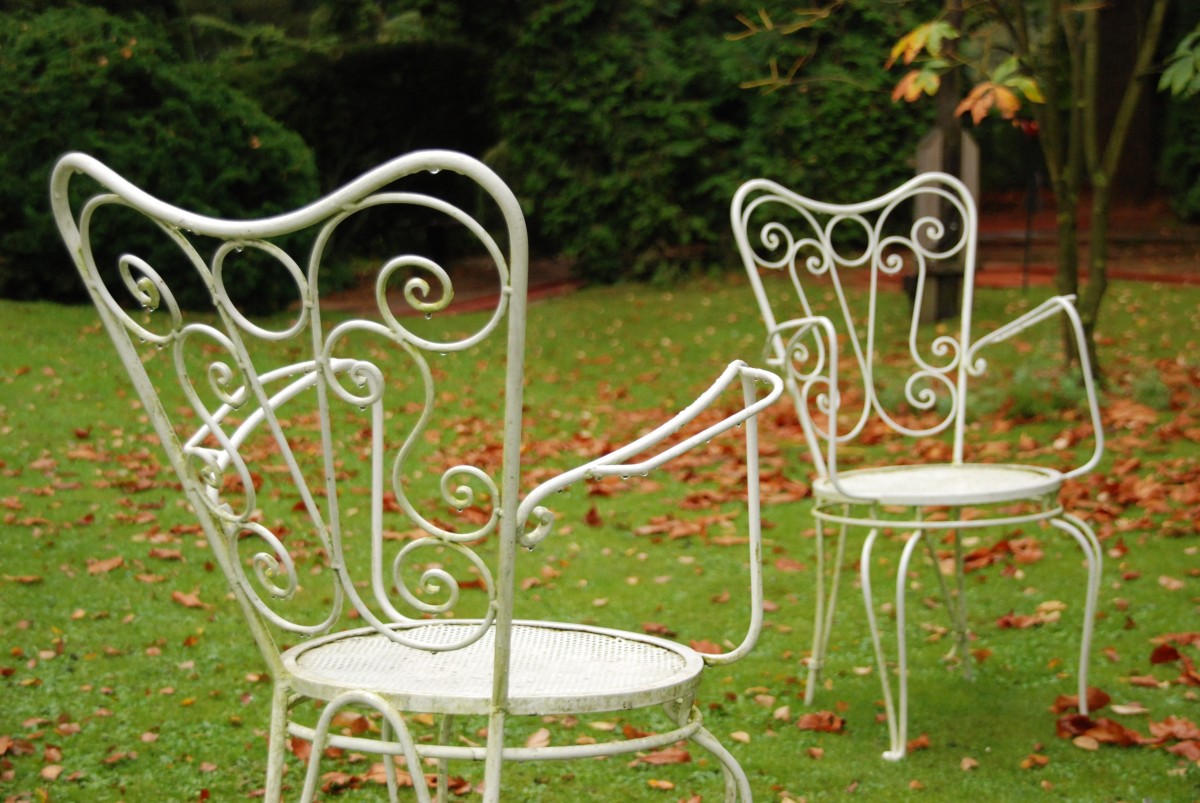
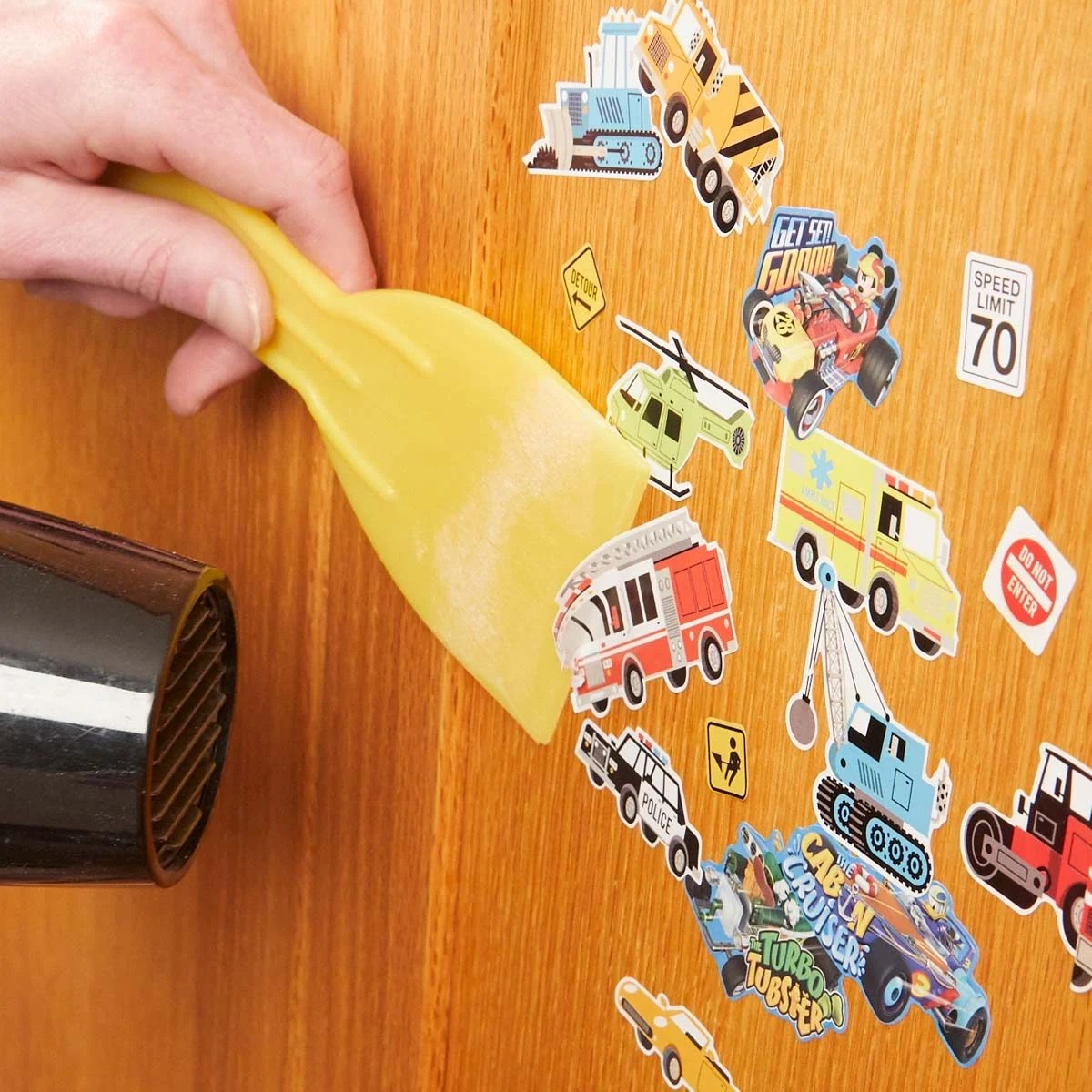
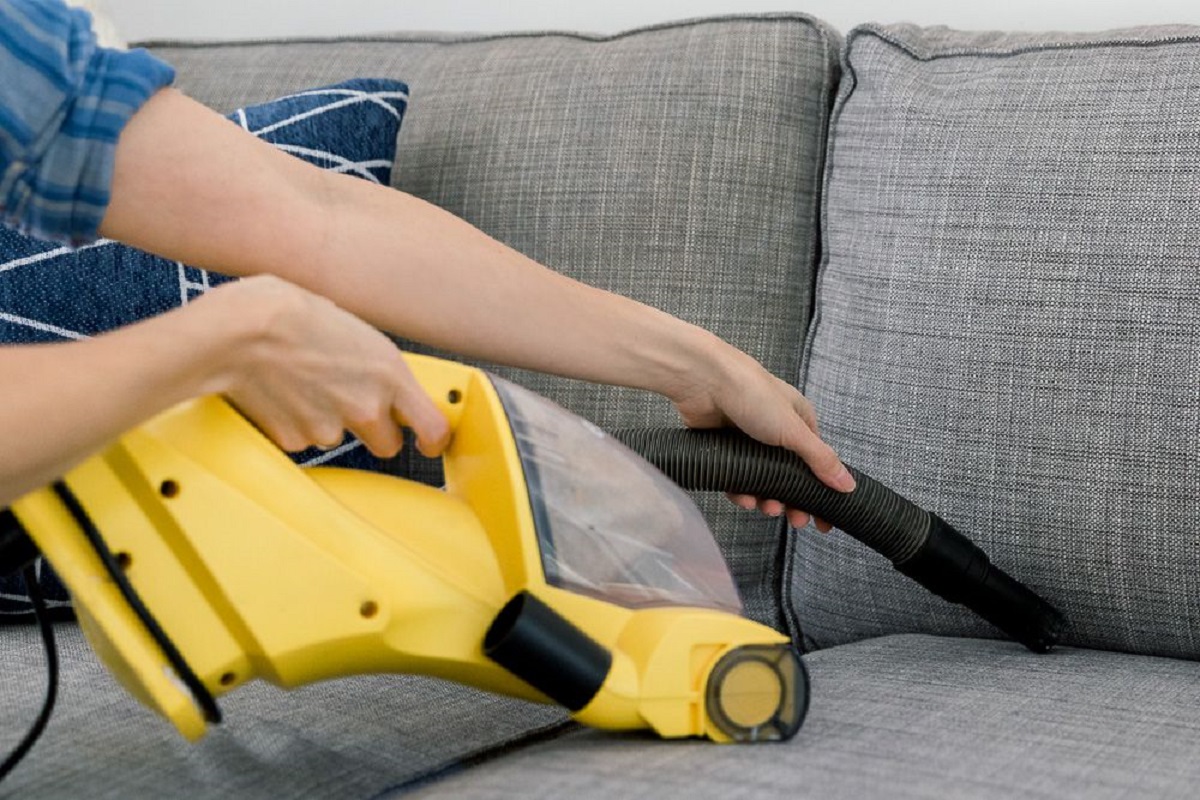
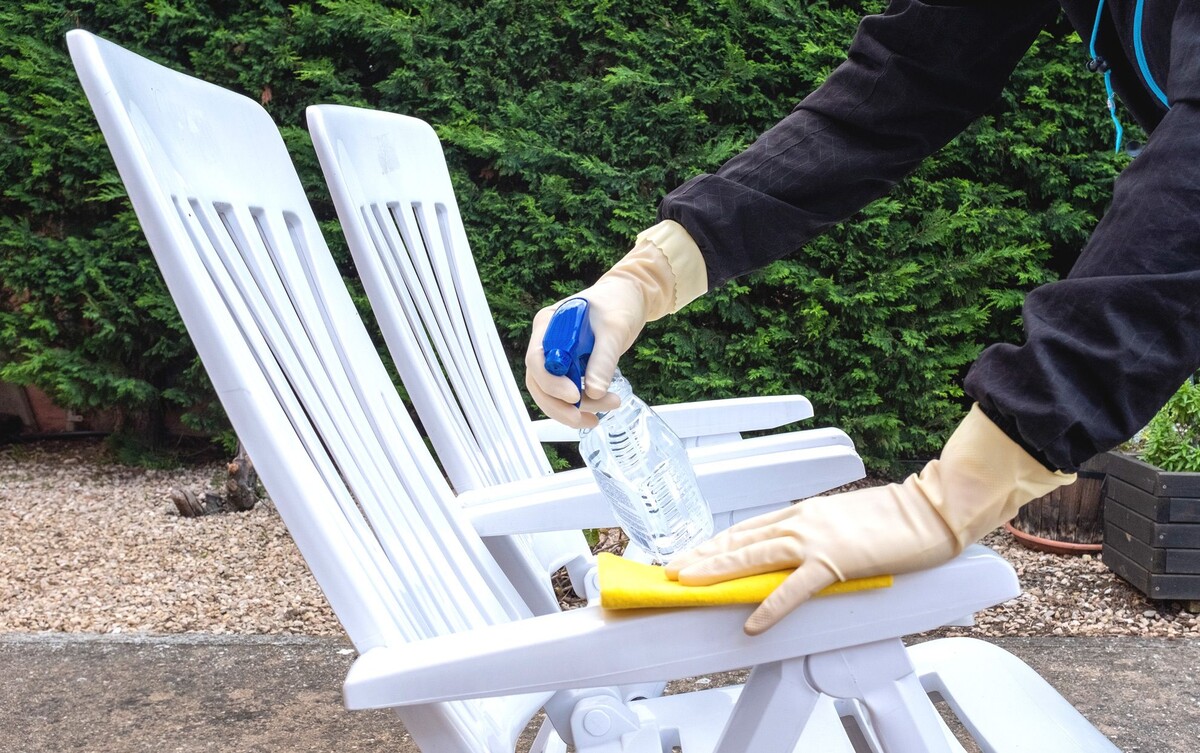
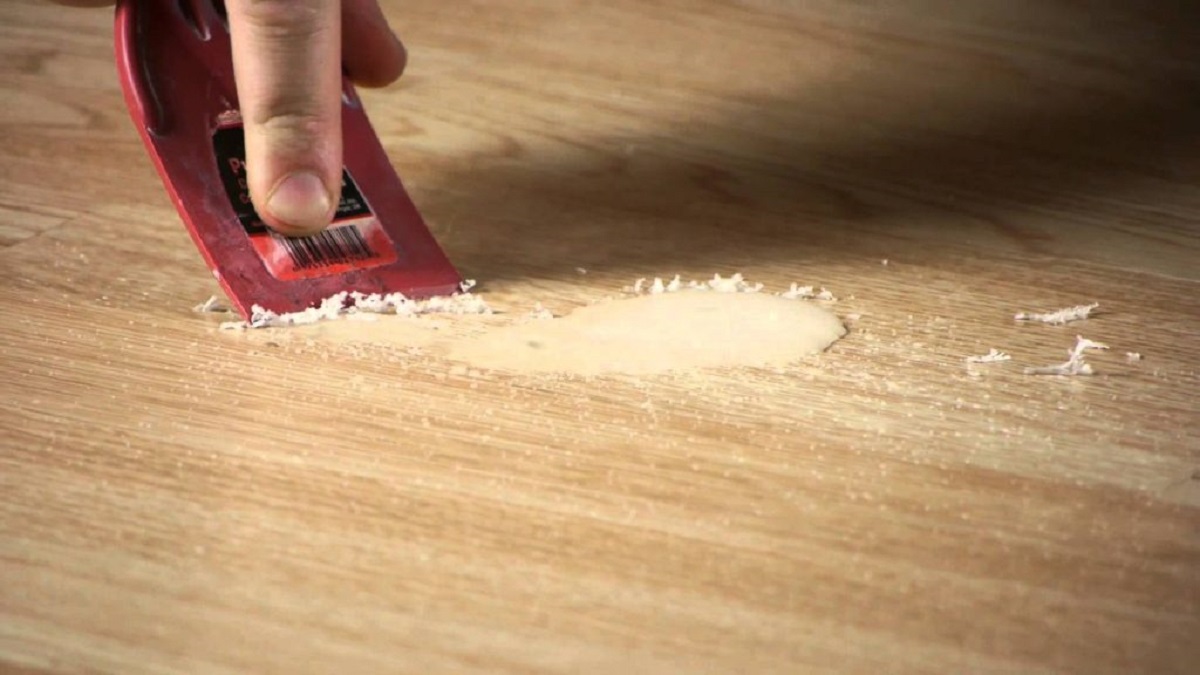
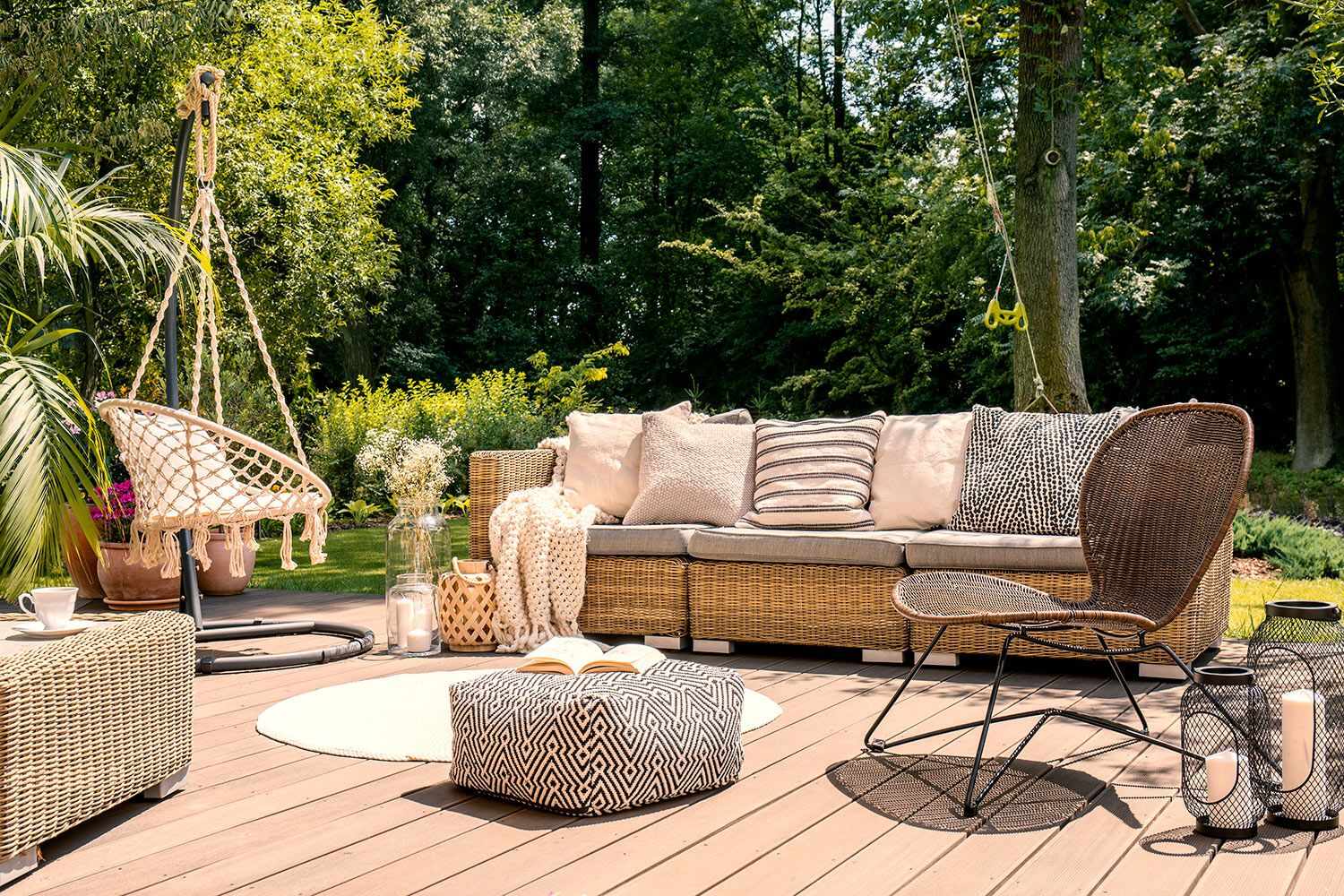
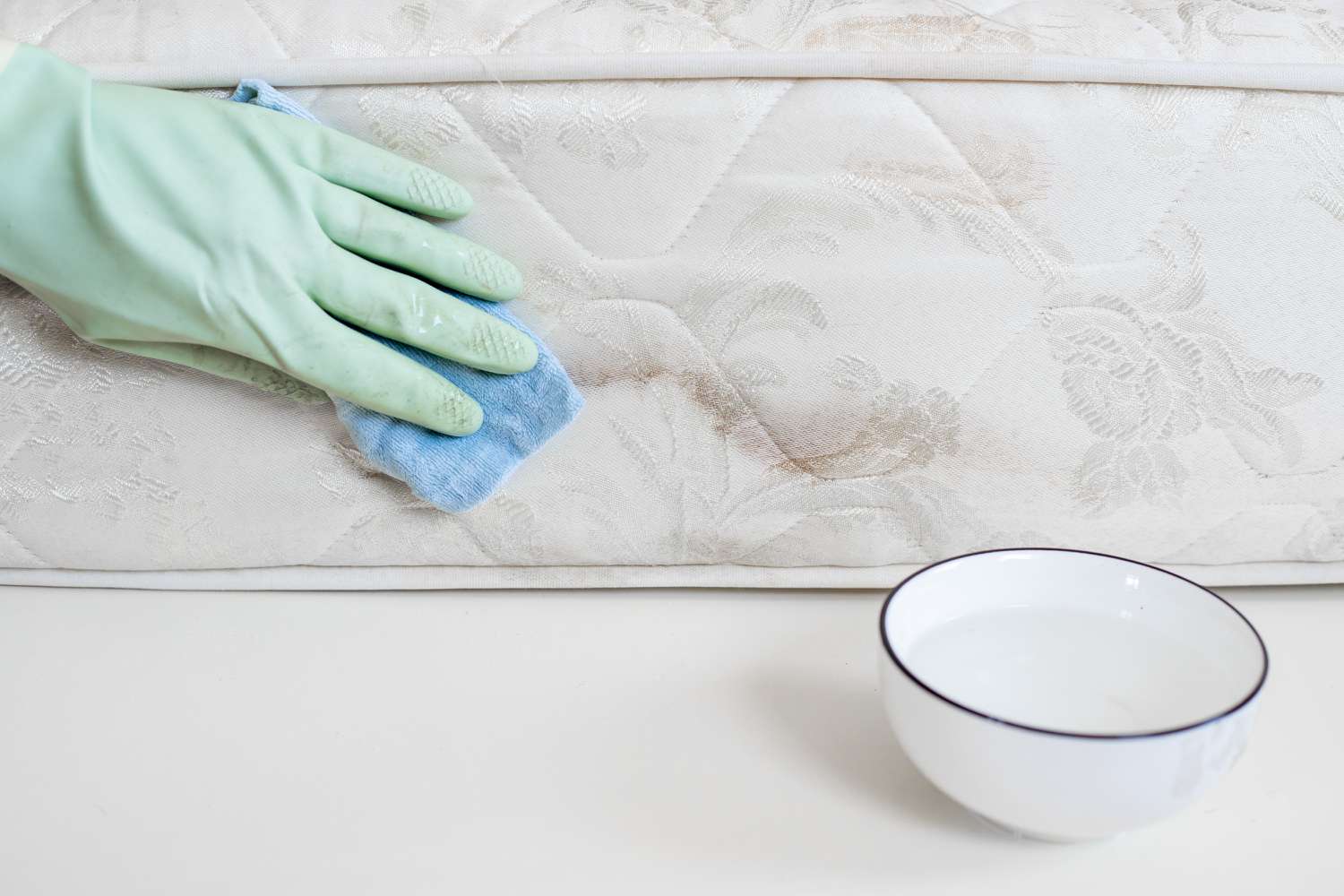
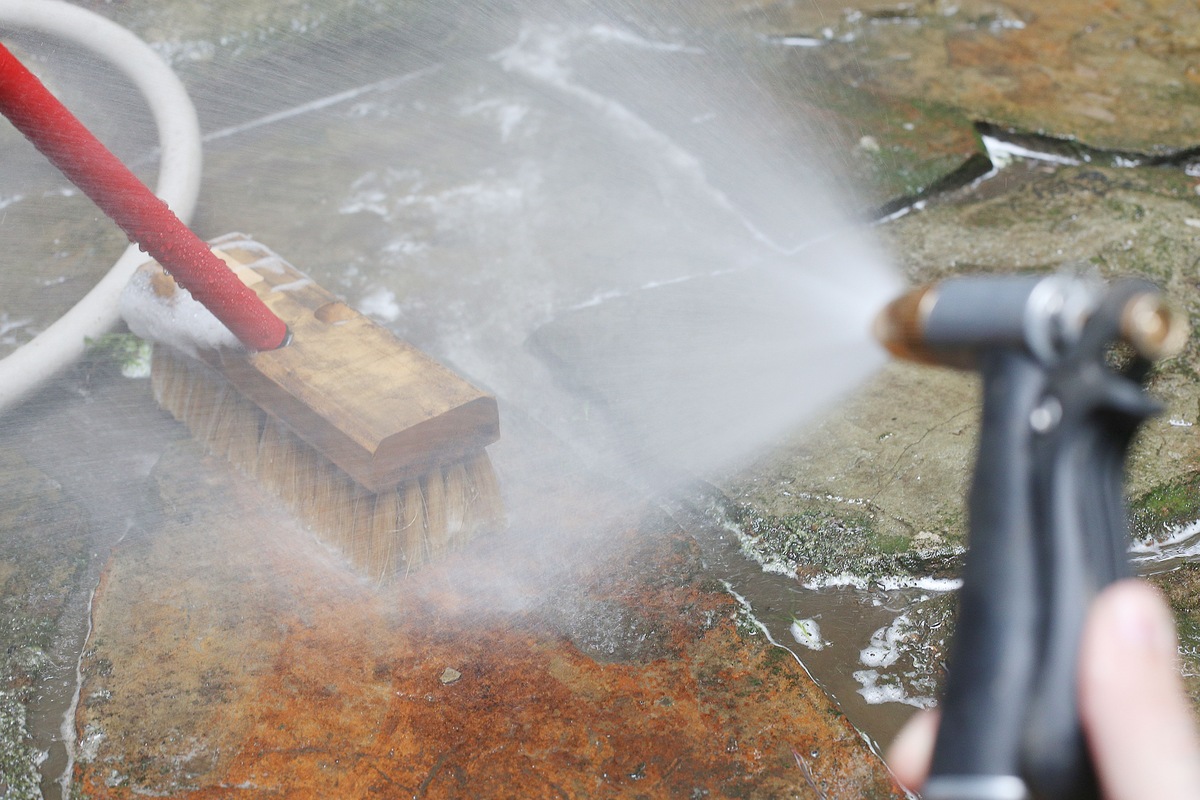
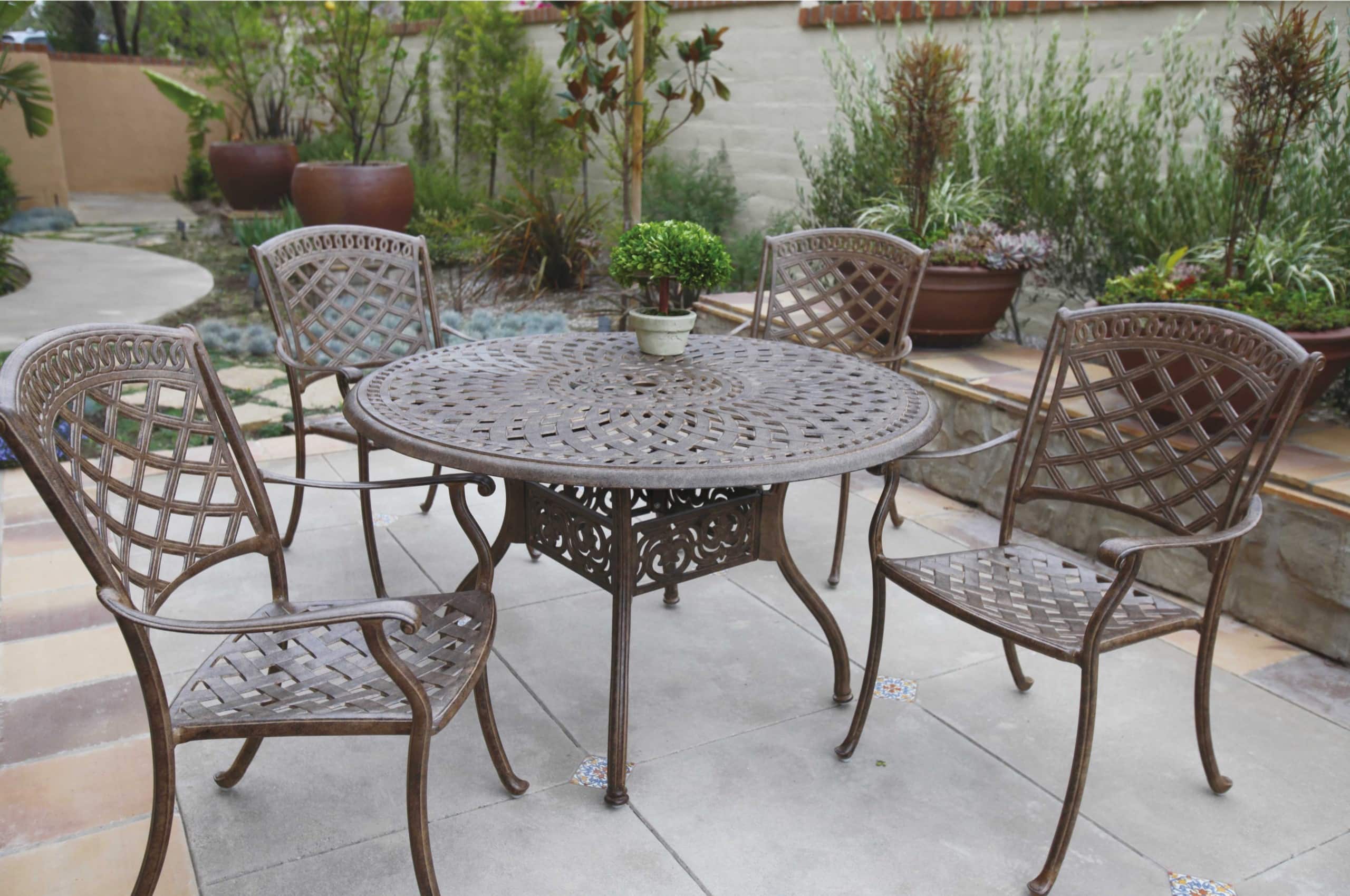
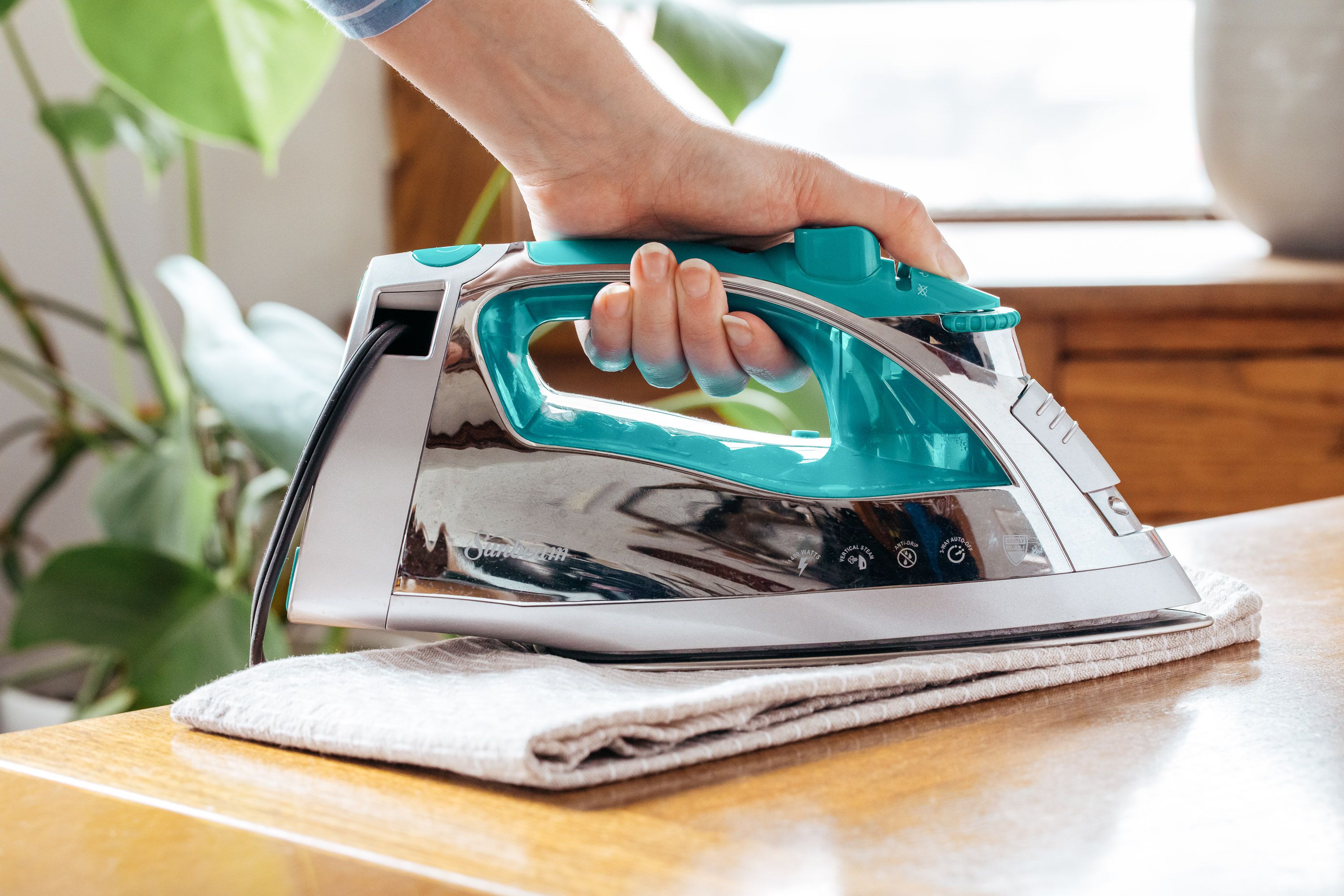
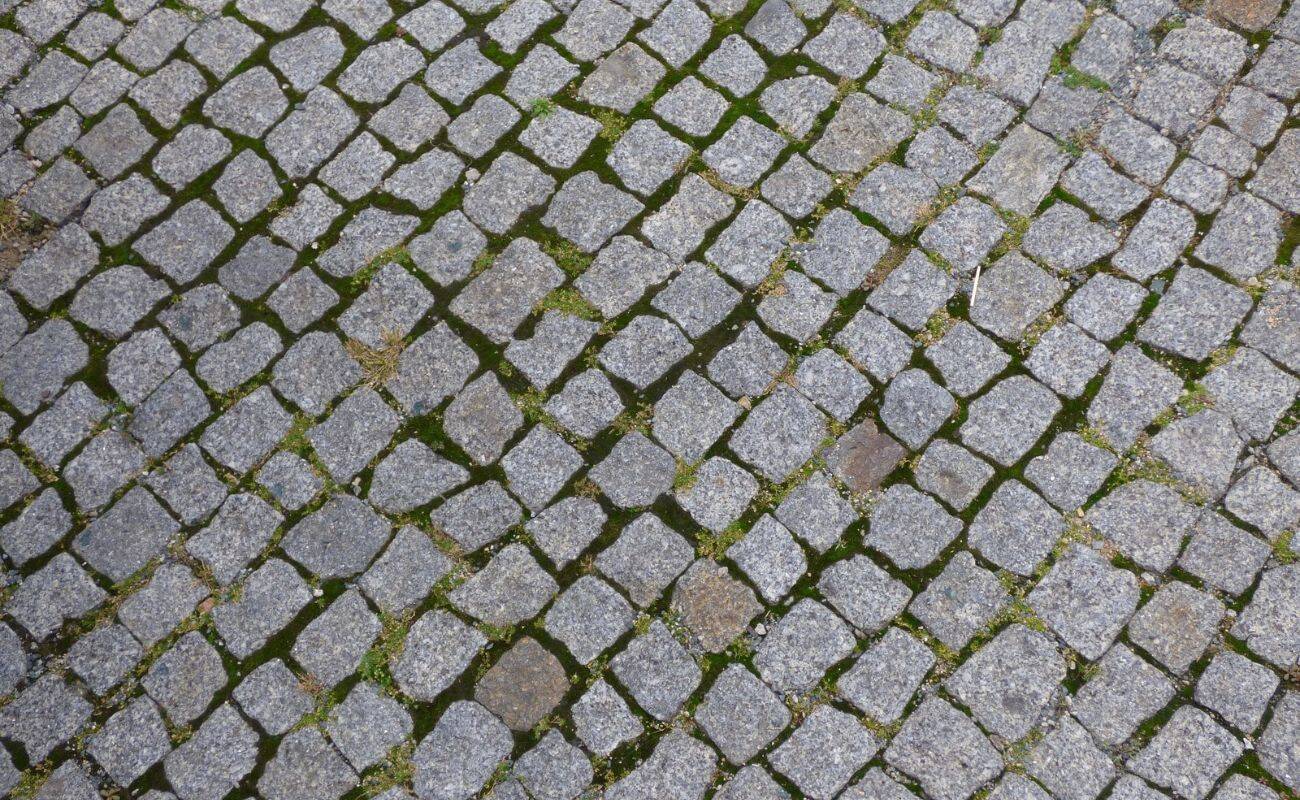
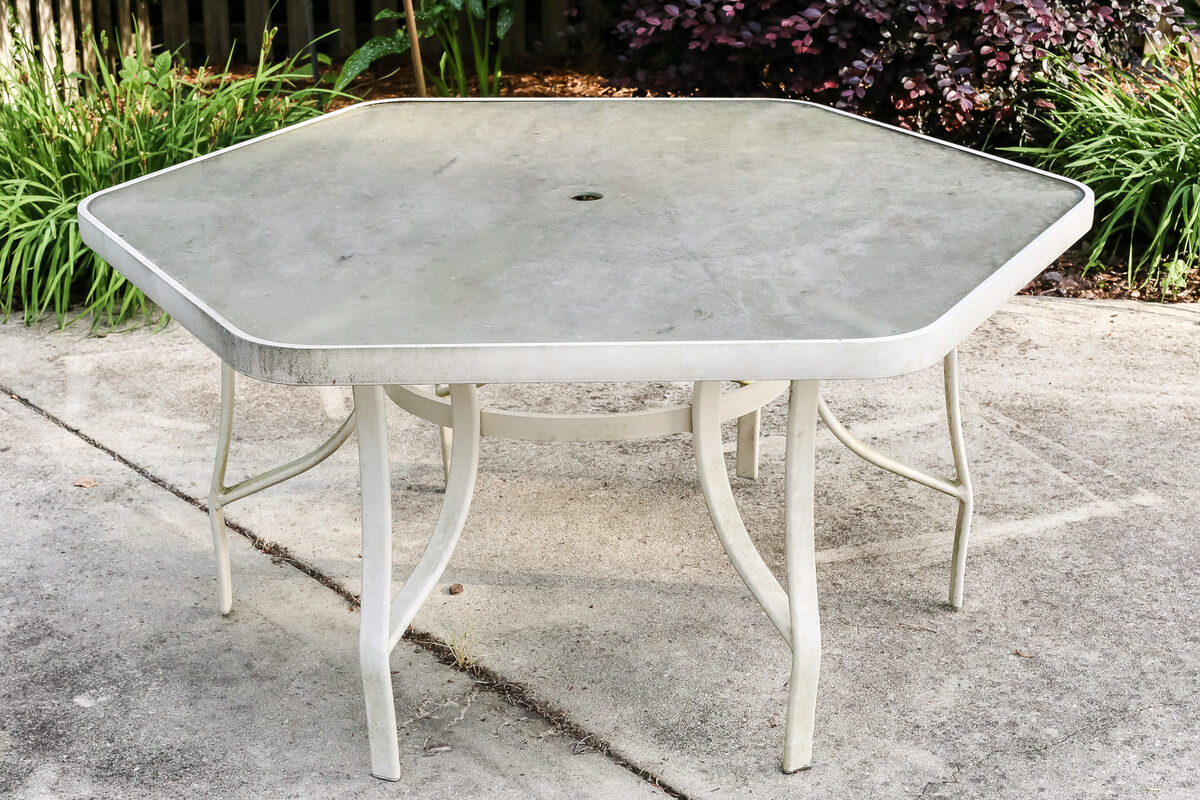
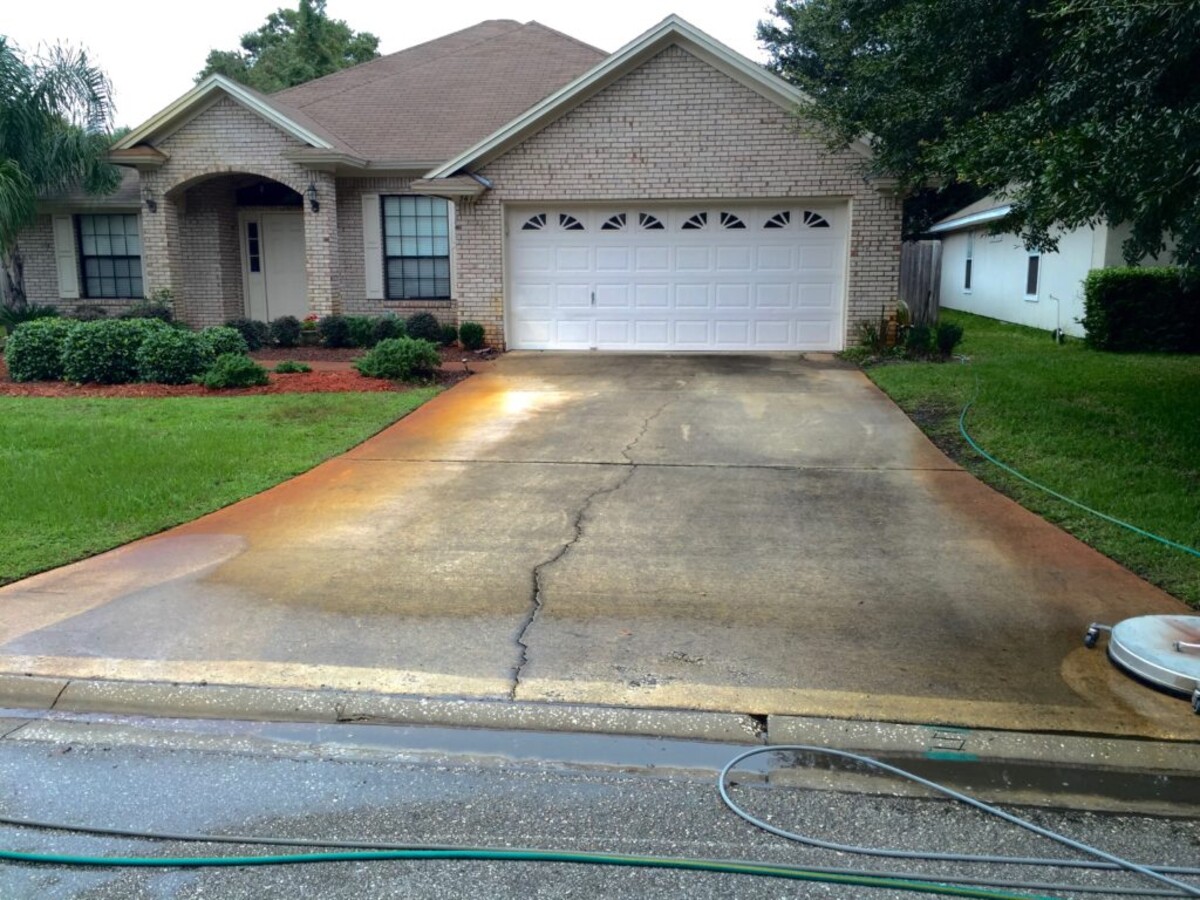

0 thoughts on “How To Remove Lichen From Patio Furniture”